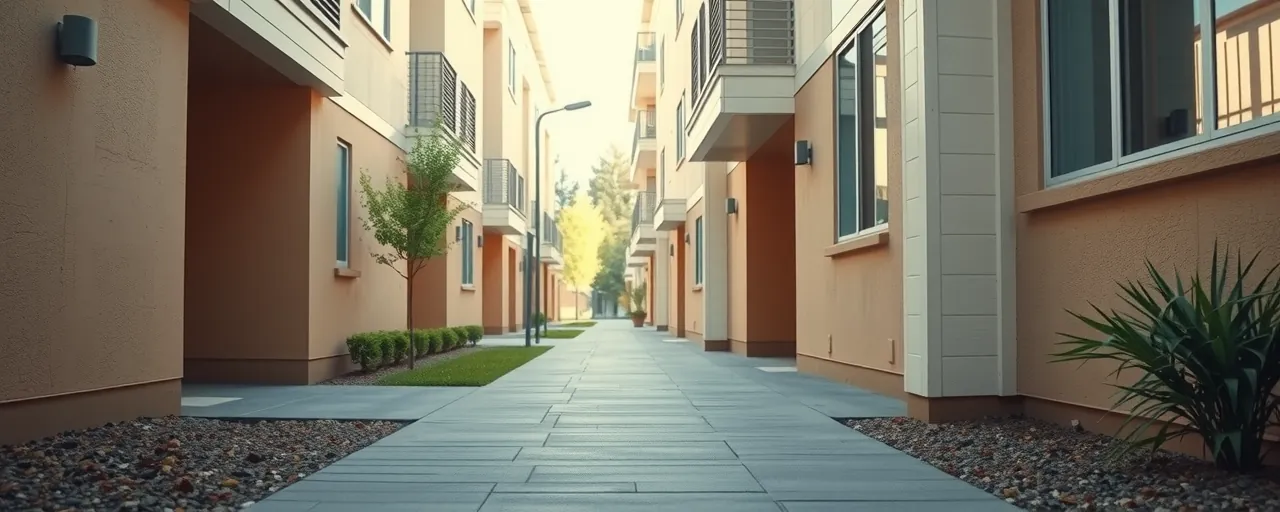A State Grapples With Homelessness
Tents cluster along California’s sidewalks, and makeshift shelters spill into parks, a stark reminder of a homelessness crisis that refuses to fade. On May 12, 2025, Governor Gavin Newsom introduced a model ordinance to help cities and counties address dangerous encampments while linking people to shelter and care. Paired with $3.3 billion in Proposition 1 funding, the plan pushes local governments to act quickly, using authority clarified by a 2024 U.S. Supreme Court ruling.
The timing feels urgent. Homelessness spiked 18% nationwide in 2024, federal data shows, but California has slowed its growth to 3%, with unsheltered homelessness inching up just 0.45%. Still, challenges persist. Nearly half of the state’s homeless population faces complex behavioral health issues, from substance use to mental illness, complicating efforts to find lasting solutions.
Newsom’s initiative builds on $27 billion invested since 2021. It aims to clear public spaces while treating those in encampments with dignity. Yet, as cities consider adopting the framework, many wonder if it can deliver without leaving the most vulnerable behind.
How the Ordinance Works
The model ordinance provides a clear framework for regulating encampments. It bans persistent camping in one spot and prohibits setups that block sidewalks or public paths. Before clearing a site, officials must give 48 hours’ notice, offer shelter or services, and store belongings for at least 60 days. These steps seek to enforce rules while ensuring people have options.
California’s track record offers some optimism. Since July 2021, the state has cleared over 16,000 encampments, removing 311,873 cubic yards of debris. Cities like San Jose have embraced tiny-house villages, and San Francisco has cut tent encampments to their lowest since 2019 using navigation centers. These interim solutions cost less and act faster than permanent housing.
Adoption remains voluntary, though. Cities aligning with the ordinance tap into substantial state funds, but some fear enforcement could outpace efforts to tackle housing shortages or behavioral health gaps, leaving root causes unaddressed.
Perspectives From All Sides
Those advocating for homeless individuals stress that clearing encampments without enough shelter or housing can deepen hardship. Research shows sweeps often disrupt access to healthcare and services, increasing vulnerability. In California, 28% of homeless people with substance use issues sought but couldn’t access treatment, exposing gaps in care.
City leaders and residents, however, highlight public safety risks. Encampments can foster violence, disease outbreaks, and property damage. The 2024 Grants Pass decision, which upheld camping bans despite limited shelter, has spurred action. Roughly 150 U.S. cities have since passed anti-camping laws, often requiring notices and creating designated camping zones.
Finding common ground is tough. Supporters of Housing First argue that permanent housing with services stabilizes over 80% of chronically homeless people. Others, focused on enforcement, believe clear rules push individuals toward treatment, easing strain on public spaces.
A National and Historical Lens
California’s plan mirrors a wider debate. Some leaders emphasize enforcement and treatment mandates, believing firm rules drive people to care. Others prioritize prevention through tenant protections and subsidies to stop homelessness before it begins. California has tested both, with programs like Homekey converting buildings into housing.
The crisis traces back to the 1960s, when deinstitutionalization left many without mental health support or homes. Today, untreated mental illness and addiction fuel homelessness, while living on the streets worsens these issues. Proposition 1’s $3.3 billion targets behavioral health housing, but scaling up remains a hurdle.
The Road Forward
California’s ordinance is a bold move, but its impact depends on execution. Local governments must juggle budgets, public expectations, and the challenge of providing enough shelter and care. San Francisco’s progress in reducing encampments shows what’s possible, yet replicating that statewide is no small feat.
For those living on the streets, the stakes couldn’t be higher. A framework that blends safety with compassion could reshape communities, but missteps might deepen cycles of displacement. As California presses on, other states watch closely, wondering if this approach could light a path forward.
Solving homelessness demands more than policies or funds. It calls for tackling housing shortages, closing behavioral health gaps, and addressing inequities head-on. Whether this latest effort shifts the tide or becomes another fleeting attempt remains an open question.
